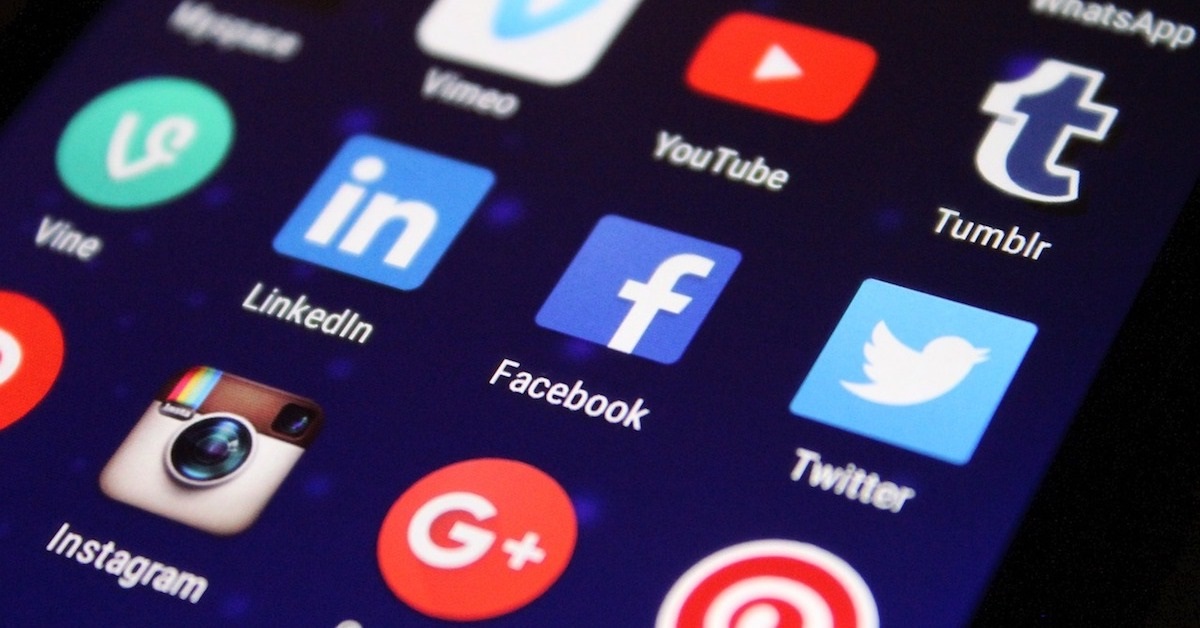Mindstream Media Group’s Maggie Durnien and Chelsea Weidauer are checking out the Midwest Digital Marketing Conference (MDMC) in St. Louis this week. The two-day event will cover all things digital marketing and feature speakers from Facebook, Instagram, Twitter, Microsoft, Salesforce, Pinterest, Adobe, Pandora and more! Our digital marketing product specialists will be providing daily recaps of the most interesting sessions they attend. Their Day One recaps are below. Be sure to check out Day Two coverage as well.
Session: Exclusive Chat with Facebook and Instagram
Speakers:
John Patton | Client Partner | Facebook
Derek Scott | Creative Strategist | Instagram
Recap by:
Maggie Durnien | Associate Product Specialist | Mindstream Media Group
During this session, attendees were given the valuable opportunity to ask questions on all things Facebook and Instagram to company insiders. With a majority of the audience coming from the agency side, the conversation and questions posed provided great insights into how to best use these platforms in an agency environment.
The conversation became fixated on the recent rollouts of Instagram Live and Facebook Live, along with Instagram Stories. When asked how to best use these features, Patton and Scott discussed how they are seeing these features play out successfully within the platforms.
According to the company representatives, here are some tips on how agencies can best use Instagram/Facebook Live and Instagram Stories:
- First, define your brand’s purpose. To do this, decide what makes your brand different from your competition, then celebrate that element on social.
- Make posts to Stories relevant and local to your audience.
- Be candid and show what’s going on behind the scenes. This helps viewers understand your culture.
- Focus on quality over quantity and avoid spamming users’ feeds.
- Use creative animations that encourage viewers to swipe up for more information.
- Promote a sense of community that urges viewers to engage with your brand and come back for more.
As brands continue to experiment with these features, it has been interesting to see all the creative ways they are used. From the immediate popularity of “going live” and posting stories, it is evident that the Millennial language is a visual one and Facebook and Instagram have definitely taken notice.
Session: LinkedIn – A Journey from Technology to Reality
Speaker:
Ben Zuckerman | Financial Advisor | Edward Jones
Recap by:
Chelsea Weidauer | Associate Product Specialist | Mindstream Media Group
Even though LinkedIn just underwent a full-on Beverly Hills makeover, the professional social media platform has always been more about function than appearance. This session focused on one of LinkedIn’s most useful functions: creating and fostering relationships to turn social connections into actual clients.
Here are four steps from Zuckerman, a financial advisor at Edward Jones, to help you do just that:
#1) Build a foundation
- Starting from the base, the best practice to creating a LinkedIn page is to start connecting with those people you already know. This includes current clients, coworkers and potential prospects.
- The goal for LinkedIn users should be to get over 500 connections. Therefore, the best place to start is with the people you know.
#2) Create your brand
- Once you have started to acquire connections, the next phase is to focus your message and show your knowledge. Figure out what you want to educate the LinkedIn community about and become the expert on that topic to develop your brand identity.
- Content is the most important aspect of creating a brand. Post different content throughout the day at different times to see when your targeted community is most influenced by it. This will help find the ideal connections.
#3) Identify ideal connections
- To find connections in your targeted community, use the search bar at the top of the LinkedIn page starting with who you know. From there, search by occupation, location and unique queries (such as hobbies) to find prospects within the community.
#4) Technology to reality
- Once your LinkedIn page is seamless and you have your ideal connections in mind, the final step is to reach into reality. Start by reaching out to the prospective client and asking them to connect.
- Once the prospect accepts, reach back out and explain why you want to connect with the person.
- After reaching out, write and mail a physical thank you letter to the prospect. This ensures he or she receives the thank you while grasping their attention.
- Call the client later and talk about their interests based on their LinkedIn profile. This builds a relationship with the client and increases the potential for a business appointment.
Reaching out to prospective clients happens frequently in the digital world. LinkedIn is a great tool to reach out and connect with other business professionals. However, using the influence of technology and bringing it into reality will help you familiarize with a client and garner more customers.



